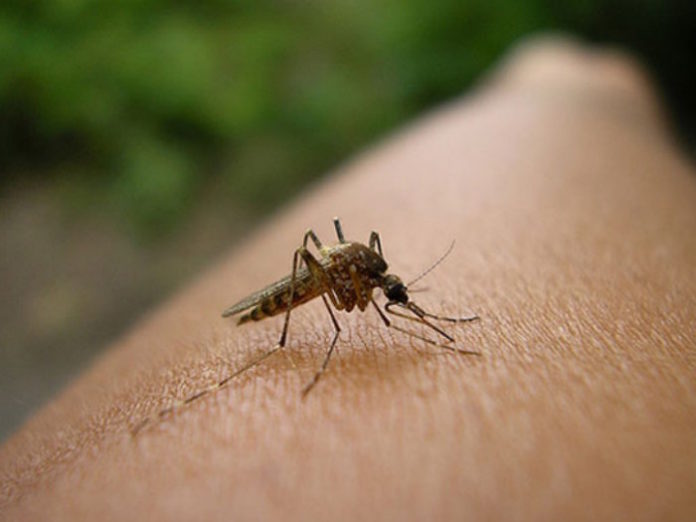Current CDC guidelines call for all pregnant women to be evaluated for risk of Zika exposure and signs and symptoms of Zika. Asymptomatic pregnant women at risk of Zika are recommended to have a blood test to detect immunoglobulin M (IgM) antibodies that the body makes initially to fight Zika infections. However, recent data indicate that Zika IgM antibodies may be detected in blood for months after the initial infection in some people. That means that healthcare practitioners may not be able to tell whether an asymptomatic pregnant woman who tests positive contracted the infection before or after becoming pregnant. Knowing when the virus was contracted is important because becoming infected while pregnant can result in birth defects for the baby, including a smaller than normal head (microcephaly) and developmental delays.
The updated CDC guidelines recommend that in addition to the test for IgM antibody, a test that detects Zika virus RNA (nucleic acid test or NAT) be done at least once each trimester, unless a previous test is positive. The NAT test can be done on blood or urine and may provide a more definitive diagnosis of a current Zika infection, according to the CDC. However, having a negative test does not rule out the possibility of an infection since the amount of virus drops over time.
Among other new recommendations:
- Zika NAT testing may be performed on amniotic fluid if an amniocentesis is done for any reason (e.g., prenatal genetic testing).
- Women planning a pregnancy and at risk of Zika should consider getting an IgM antibody test done prior to pregnancy to possibly detect a pre-pregnancy exposure to Zika. While the result cannot determine whether it is safe to become pregnant, it can help determine whether a woman gets infected during her pregnancy (i.e., a negative result pre-pregnancy and then a positive test after becoming pregnant). A positive result pre-pregnancy may mean that a woman has a recent Zika infection, a past Zika infection, or an infection with a similar type of virus.
- Pregnant women who are tested should receive information from their healthcare practitioners about the limitations of testing along with their results.
The guidelines have not changed for pregnant women who have signs and symptoms or have sexual partners diagnosed with Zika infections. They should have a NAT test done immediately. Additional tests, such as ultrasounds, may be done when a pregnant woman has a positive test for Zika.
“Our [new] guidance…is part of our continued effort to share data for public health action as quickly as possible,” said Henry Walke, M.D., incident manager of the CDC’s Zika response efforts. “As we learn more about the limitations of antibody testing, we continue to update our guidance to ensure that healthcare professionals have the latest information for counseling patients who are infected with Zika during pregnancy.”
While there is yet no vaccine to prevent Zika, there are steps individuals can take to avoid mosquito bites and exposure to Zika. To learn more, see the CDC web page on Zika Virus Prevention.
Source: Lab Tests Online











